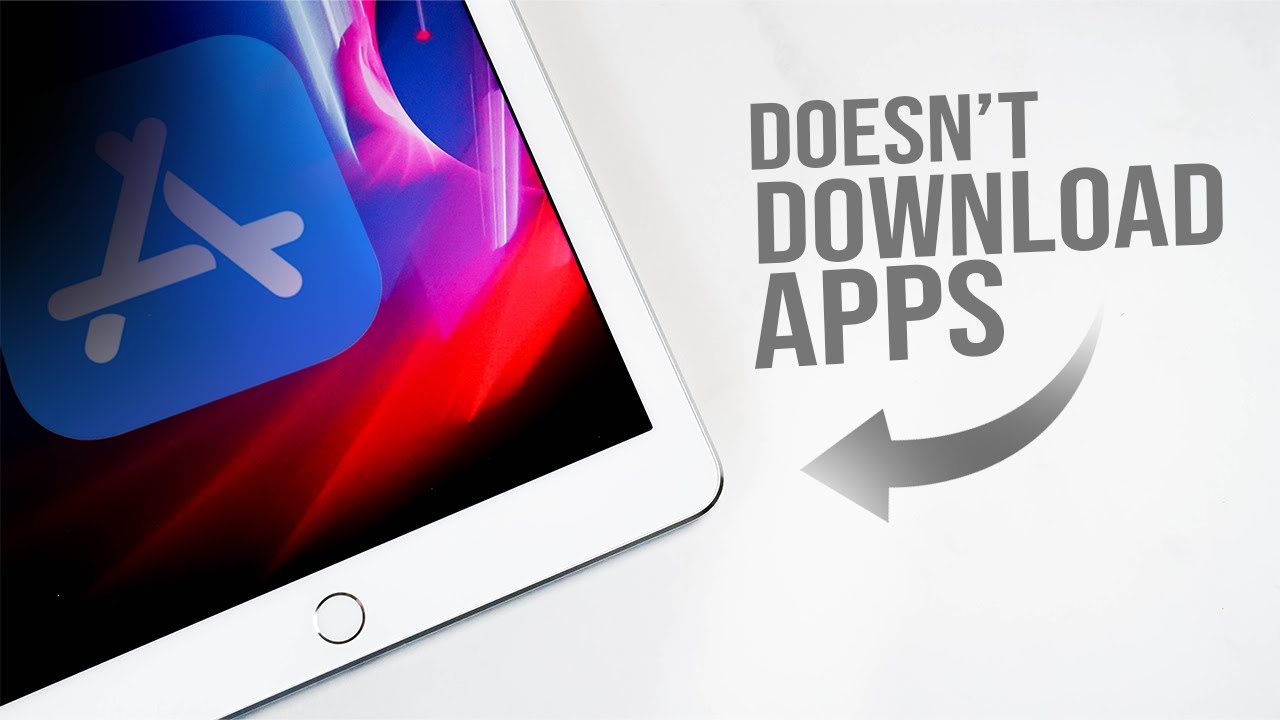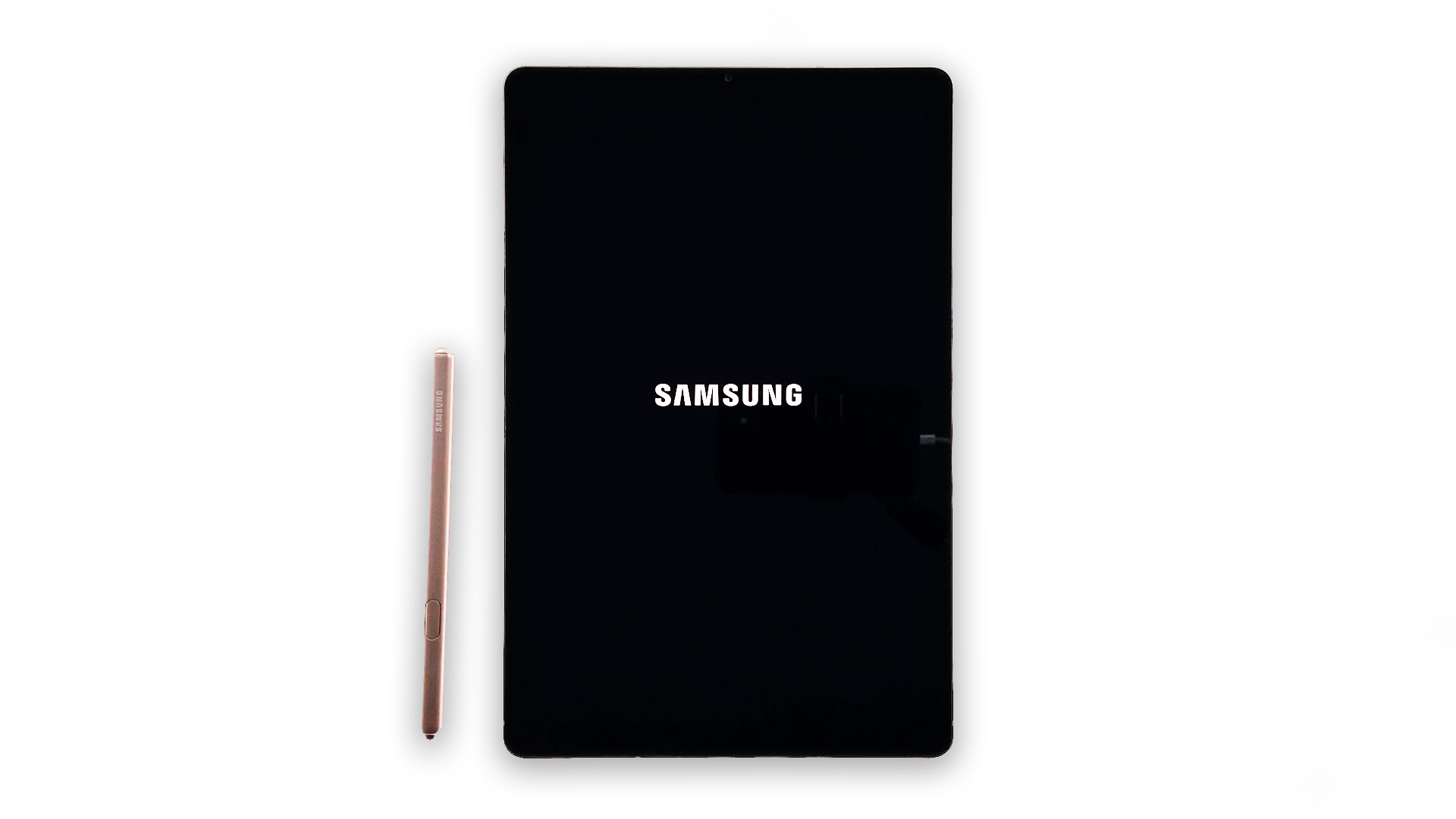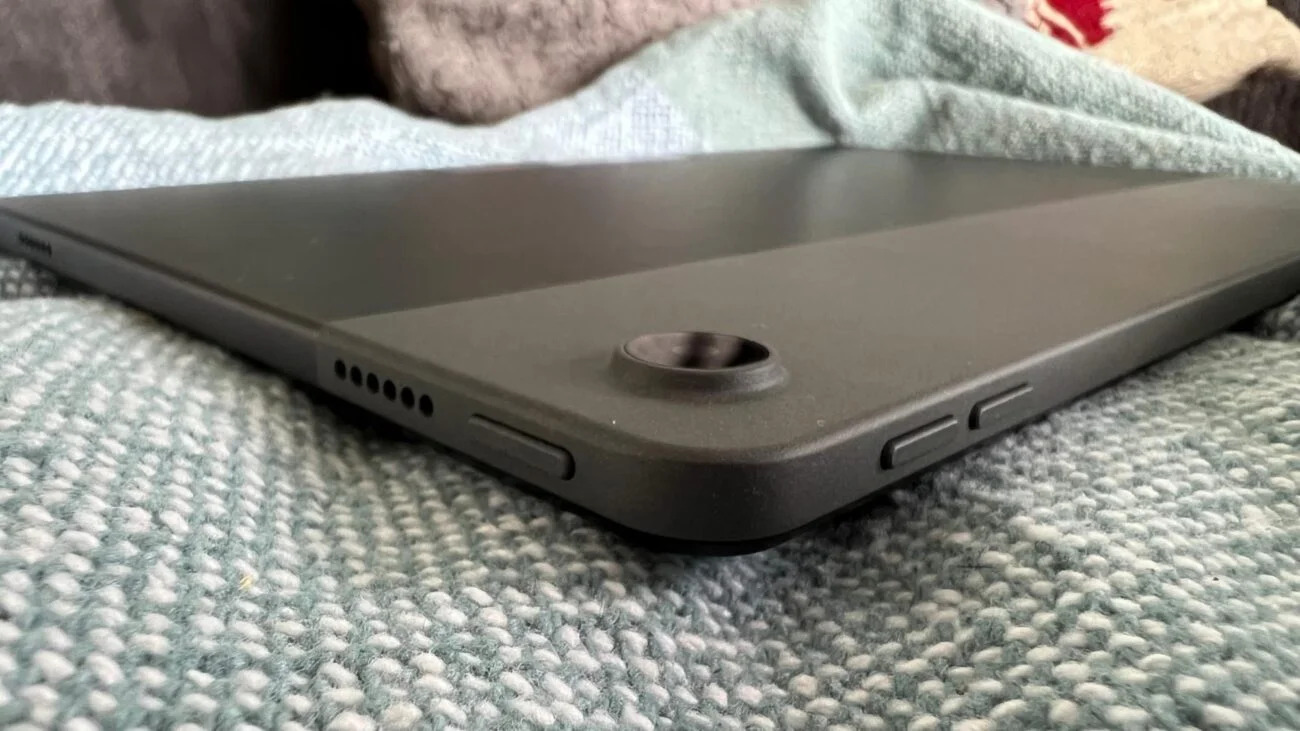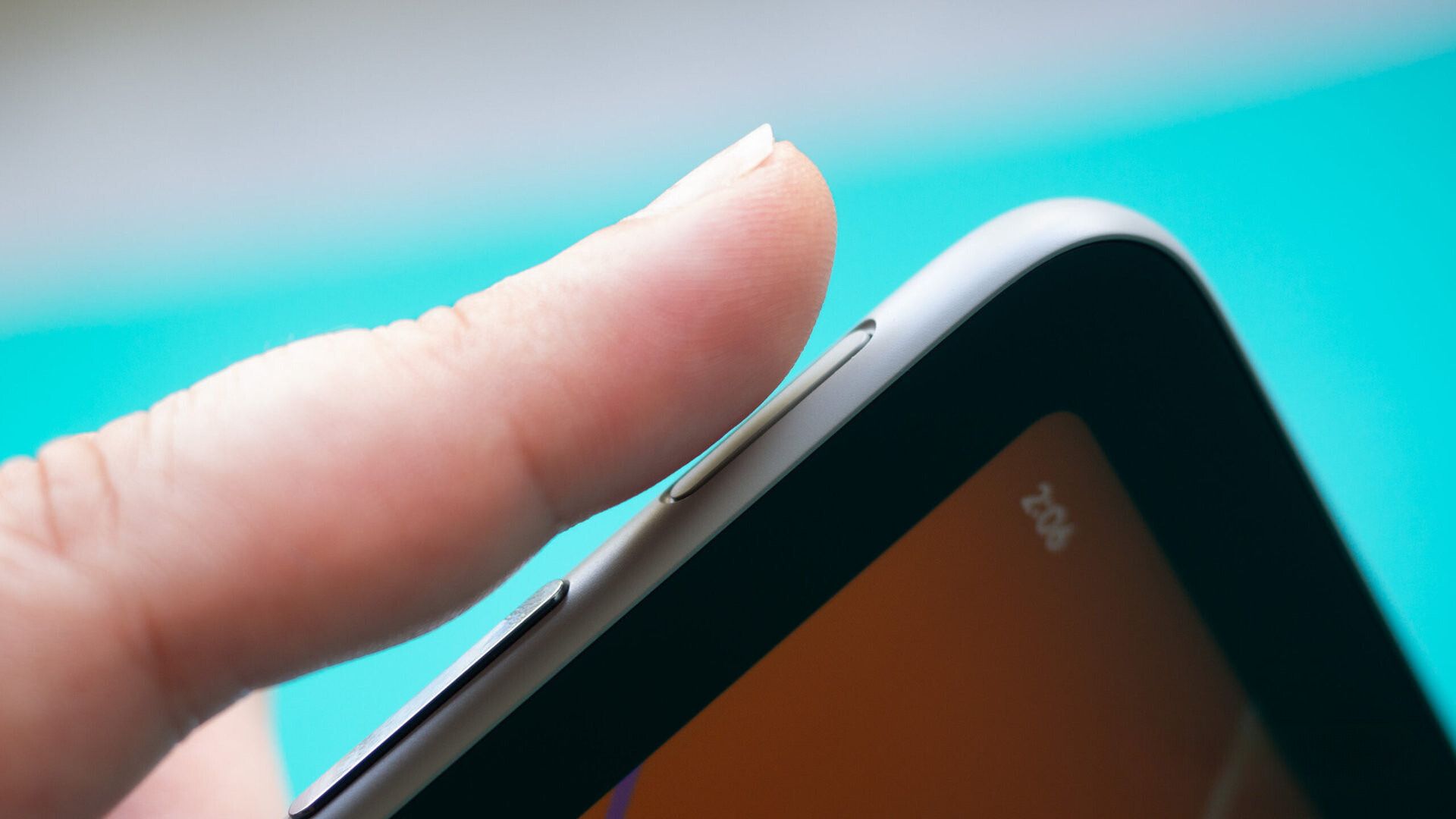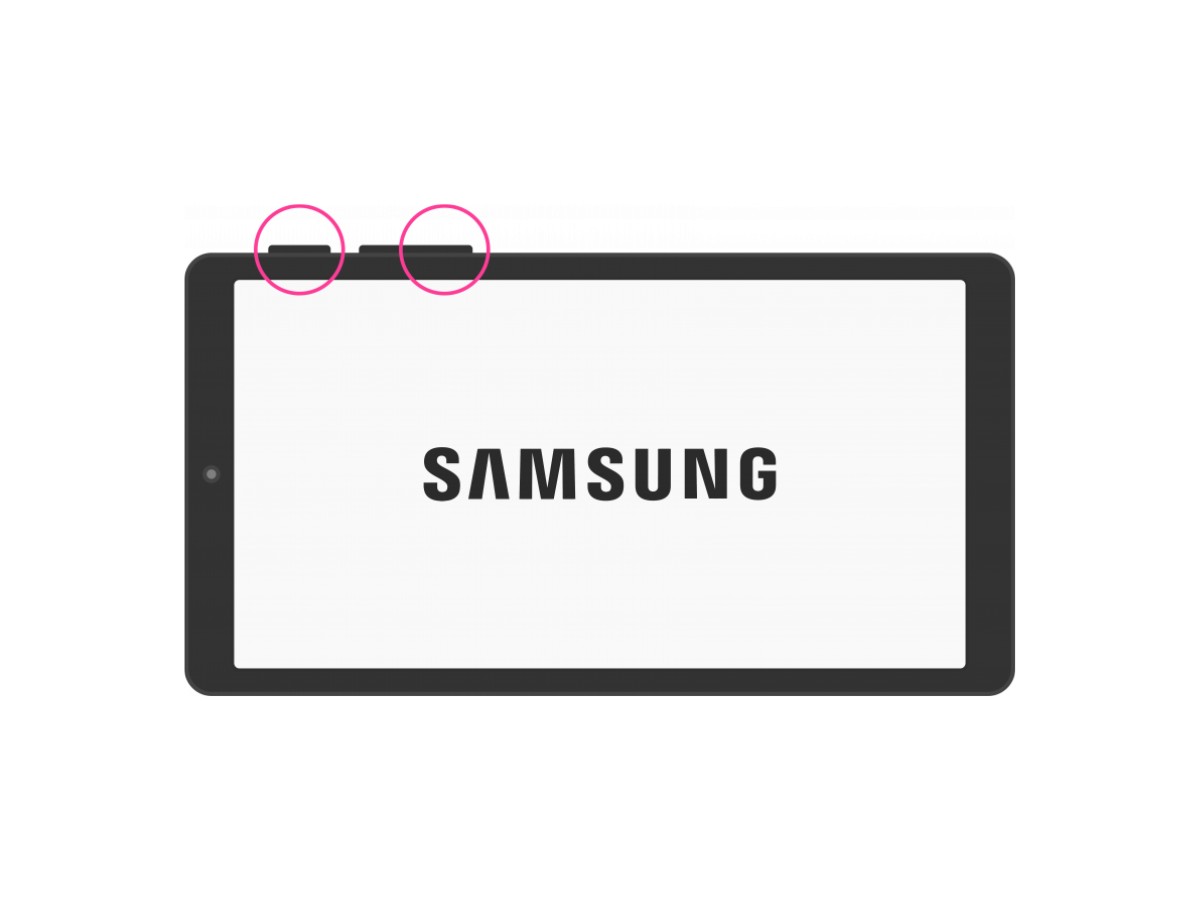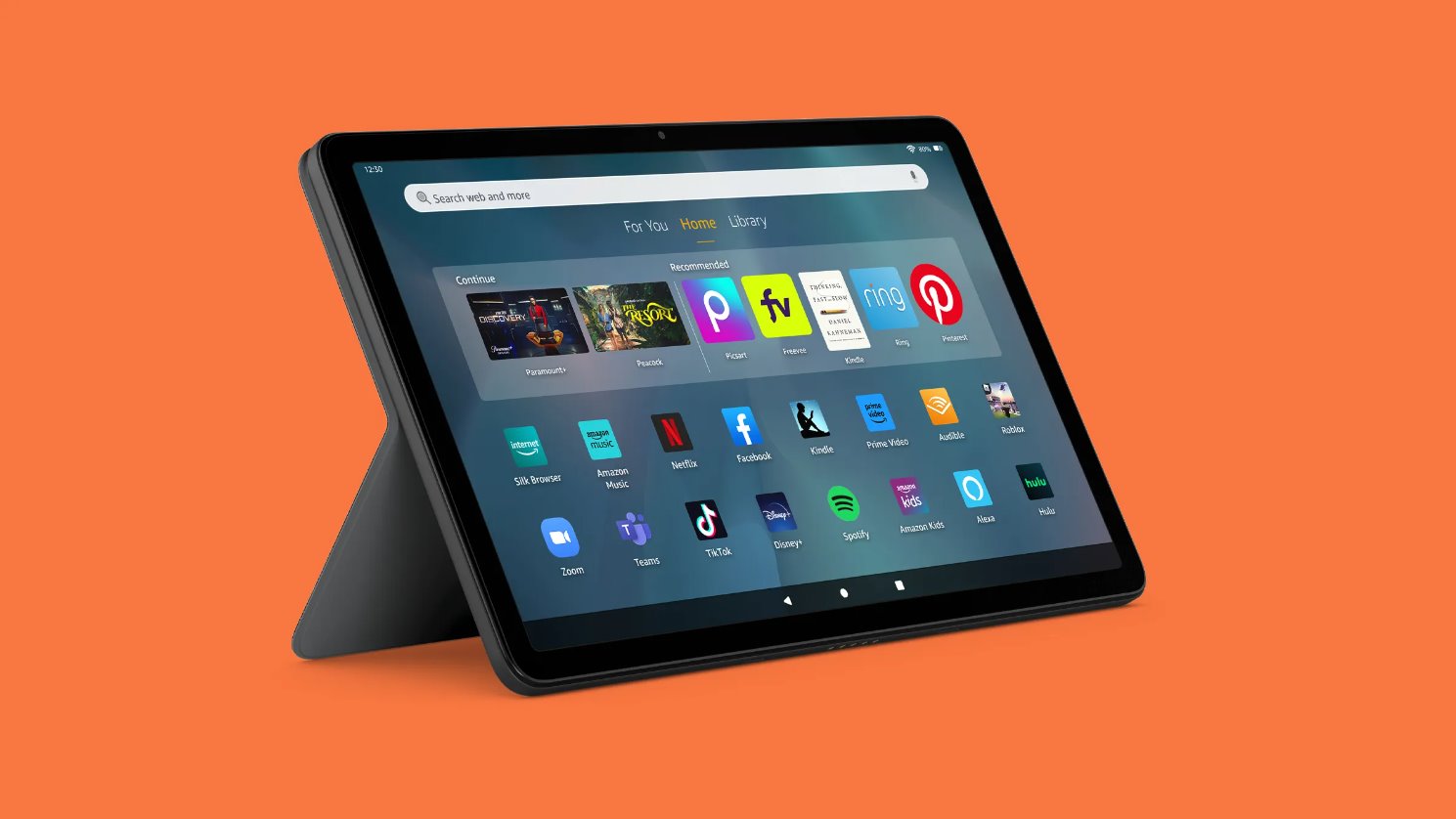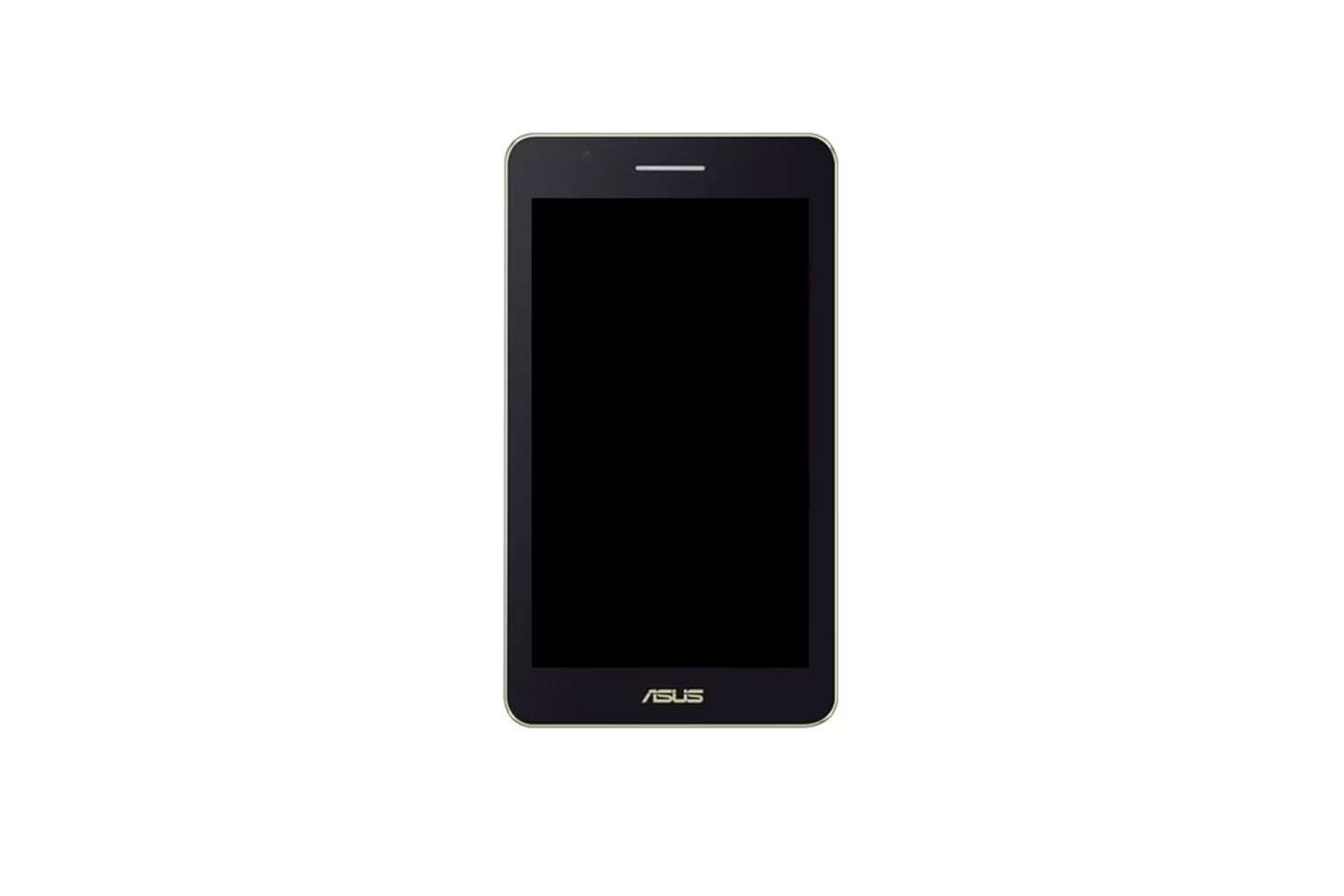Introduction
Are you frustrated because your tablet won’t download apps? You’re not alone. Many tablet owners encounter this issue at some point, and it can be incredibly frustrating when you can’t access the apps you want or need. But before you throw your tablet out the window, let’s explore some common reasons why this might be happening and how you can troubleshoot the problem.
Tablets have become an integral part of our lives, serving as our portable entertainment centers, productivity tools, and even educational resources. They allow us to access a vast array of apps that cater to our various needs and interests. However, when these devices fail to download and install apps, it can hinder our ability to fully utilize their capabilities.
Fortunately, there are several common issues that can cause this problem, and most of them have simple solutions. By understanding these potential roadblocks and following the troubleshooting steps, you can get your tablet back on track and enjoy the apps you desire.
Problem #1: Insufficient Storage Space
One of the primary reasons your tablet may not be able to download apps is because it has insufficient storage space. Over time, as you install more apps, save files, and capture photos or videos, your device’s internal storage can fill up quickly. When this happens, it restricts the tablet’s ability to download and install new apps.
To check if storage space is the culprit, go to your tablet’s settings and navigate to the storage section. It will provide you with an overview of how much storage is used and available. If the available space is minimal or completely filled, freeing up storage is necessary.
To free up storage space, start by uninstalling unnecessary apps that you no longer use. Go through your app list and identify any apps that are taking up a significant amount of storage but serve no purpose to you anymore. Simply tap and uninstall these apps to reclaim valuable space.
Another option is to clear the cache of your existing apps. Cached files are temporary data that apps store on your device to speed up future actions. However, these files can accumulate over time and take up a significant amount of storage. To clear the cache, go to your tablet’s settings and find the apps or application manager section. From there, select the individual apps and tap on the option to clear the cache.
Additionally, consider moving any photos, videos, or files to an external storage device or the cloud. Services like Google Photos or Dropbox offer free storage options that can help you offload files from your tablet’s internal storage.
By addressing the issue of insufficient storage space, you should be able to free up enough space to download and install your desired apps. Keep in mind that regularly decluttering your tablet and managing your storage can prevent this problem from occurring in the future.
Problem #2: Disabled or Outdated Google Play Services
Google Play Services is a vital component of the Android operating system that allows your tablet to download and update apps from the Google Play Store. If Google Play Services is disabled or outdated, it can prevent your tablet from downloading apps or cause issues with app installation.
To check if Google Play Services is disabled, go to your tablet’s settings and navigate to the apps or application manager section. Look for Google Play Services in the list of installed apps. If it’s disabled, you will see an option to enable it. Tap on it to activate Google Play Services and enable app downloads.
If Google Play Services is already enabled but you’re still experiencing issues, it may be due to outdated software. Google periodically releases updates for Google Play Services to improve functionality and security. To check for updates, open the Google Play Store app on your tablet and go to the “My Apps & Games” section. If an update for Google Play Services is available, tap on it to install the latest version.
In some cases, clearing the cache and data of Google Play Services can also resolve issues with app downloads. To do this, go to your tablet’s settings, navigate to the apps or application manager section, find Google Play Services, and select the options to clear the cache and data. Be aware that clearing data will reset any app preferences associated with Google Play Services, so you may need to sign in to certain apps again.
If none of these steps resolve the issue, you may need to consider performing a factory reset on your tablet. This should be a last resort, as it will erase all data and settings on your device. Before proceeding with a factory reset, make sure to back up important data and files to avoid permanent loss.
By ensuring that Google Play Services is enabled and up to date, you can overcome compatibility issues and allow your tablet to download apps seamlessly. Keeping this crucial component of your tablet’s operating system in good health is essential for a smooth app experience.
Problem #3: Slow Internet or Wi-Fi Connectivity
A slow internet connection or poor Wi-Fi connectivity can often be the cause of your tablet’s inability to download apps. When the connection is weak or unstable, it can hinder the download process and prevent apps from being installed properly.
First, check your internet speed by performing a speed test on your tablet. There are numerous apps and websites available that can help you measure the speed of your internet connection. If the speed test reveals that your internet is significantly slower than expected, contact your internet service provider to troubleshoot the issue.
If the problem lies with your Wi-Fi connectivity, try the following steps to improve it:
- Move closer to the Wi-Fi router to ensure a stronger signal.
- Restart your router by unplugging it for a few seconds and then plugging it back in.
- Reset your Wi-Fi network settings on your tablet by going to the settings and selecting the option to forget the network. Then, reconnect to the Wi-Fi network and enter the password if prompted.
In some cases, interference from other devices or objects can affect Wi-Fi connectivity. Make sure your tablet is not too far away from the router and that there are no physical obstructions like walls or large objects between your device and the router.
If you’re unable to connect to Wi-Fi at all, try connecting to a different network or use mobile data if available. This can help determine if the issue is specific to your Wi-Fi network or a general problem with the tablet.
By ensuring a stable and fast internet connection, you can eliminate one potential cause of your tablet’s app download problems. Remember to regularly check your internet speed and troubleshoot any Wi-Fi issues to maintain a smooth app downloading experience.
Problem #4: Incorrect Date and Time Settings
Believe it or not, having incorrect date and time settings on your tablet can interfere with app downloads and installations. When the date and time on your device are incorrect, it can cause authentication issues with the app store or disrupt the downloading process.
To ensure that your tablet has the correct date and time settings, follow these steps:
- Go to your tablet’s settings and locate the date and time section.
- Make sure that the “Automatic date and time” option is enabled. This will allow your tablet to automatically sync with the network time and ensure accurate timekeeping.
- If the “Automatic date and time” option is already enabled but the time is still incorrect, consider disabling it and manually setting the date and time. Turn off the automatic setting, and then modify the date and time to the correct values.
It’s important to note that having incorrect date and time settings can also affect the functioning of certain apps that rely on time-sensitive information or authentication processes. Therefore, it’s essential to keep your tablet’s time settings accurate to avoid any potential issues across various app functions.
After adjusting the date and time settings, restart your tablet to ensure that the changes take effect. Once the tablet reboots, try downloading the app again to see if the issue is resolved.
By double-checking and correcting your tablet’s date and time settings, you can eliminate a simple yet often overlooked factor that may be preventing app downloads. Paying attention to these details can go a long way in maintaining a smooth app experience on your tablet.
Problem #5: Disabled App Permissions
When your tablet won’t download apps, there’s a possibility that the required app permissions are disabled. App permissions allow apps to access certain features or functions on your device, such as the camera, microphone, or storage. If these permissions are disabled, it can prevent the app from being downloaded or installed correctly.
To check and enable app permissions, follow these steps:
- Go to your tablet’s settings and navigate to the apps or application manager section.
- Find the app you’re having trouble downloading and tap on it.
- Look for the permissions section, where you’ll find a list of permissions that the app requires.
- Make sure that all the necessary permissions are enabled. If any permissions are disabled, simply toggle the switch to enable them.
By enabling the required app permissions, you’re allowing the app to access the necessary features and functions on your device, which will ensure a successful download and installation process.
It’s important to note that some apps may request additional permissions during the installation process. Be sure to carefully review and consider the requested permissions before granting them.
If you have recently updated your tablet’s operating system, it’s possible that the permissions for certain apps may have been reset. In this case, you may need to manually go through the app permissions for all your installed apps to ensure they are enabled.
Remember to regularly review app permissions to maintain control over your device’s privacy and security. If you’re uncomfortable granting certain permissions or unsure about their necessity, it’s best to err on the side of caution and refrain from downloading the app.
By checking and enabling the required app permissions, you can remove this roadblock and successfully download and install the apps you desire on your tablet.
Problem #6: Corrupted App Cache or Data
If your tablet is unable to download apps, it’s possible that the cache or data of the specific app you’re trying to download has become corrupted. Corrupted cache or data can interfere with the installation process and prevent the app from being downloaded successfully.
To resolve this issue, you can try clearing the cache and data of the problematic app. Follow these steps:
- Go to your tablet’s settings and navigate to the apps or application manager section.
- Find the app you’re having trouble downloading and tap on it.
- Within the app settings, you’ll find options to clear cache and clear data. Start by tapping on the option to clear cache.
- If clearing the cache doesn’t resolve the issue, go back to the app settings and select the option to clear data. Keep in mind that clearing data will reset the app to its default state, and you may lose any saved preferences or settings within the app.
After clearing the cache or data, try downloading the app again to see if the problem is resolved. In many cases, this simple step can fix the issue and allow for a successful app download.
If clearing the cache or data doesn’t resolve the problem, you may want to consider uninstalling the app completely and then reinstalling it from the app store. This will ensure a fresh installation and eliminate any potential issues with corrupted data or cache.
It’s worth noting that clearing the cache and data of an app can be done for individual apps or for all apps on your tablet. If you’re experiencing general issues with app downloads, consider clearing the cache and data for all apps to provide a clean slate for future installations.
By clearing the cache and data of the problematic app, you can eliminate any corruption that may be hindering the app download process. This simple troubleshooting step can often resolve issues and allow you to download apps without further complications.
Problem #7: Outdated Software or Operating System
An outdated software or operating system on your tablet can also prevent you from downloading apps. App developers often release updates to ensure compatibility with the latest software versions, and if your tablet is running an outdated version, it may not support the app you’re trying to download.
To check if your tablet’s software or operating system is up to date, follow these steps:
- Go to your tablet’s settings and navigate to the software update or system update section.
- Check for any available updates and install them if applicable.
If there are no available updates, it’s likely that your tablet may not be supported by the latest version of the operating system. In this case, you may need to consider upgrading your tablet to a newer model that can run the required software.
It’s essential to keep your tablet’s software up to date not only for app compatibility but also for security reasons. Newer software versions often fix bugs, address vulnerabilities, and provide performance improvements, ensuring a smoother overall experience.
If you find that your tablet is no longer receiving software updates and you’re unable to download essential apps, there may be alternative solutions that you can explore. Some apps have older versions available for download from their official websites or third-party sources. However, be cautious when downloading apps from unofficial sources, as they may present security risks.
In some cases, app developers may offer a web-based version of their app that can be accessed through a browser on your tablet. This allows you to still utilize the app’s features and functionalities without the need for a specific app download.
By ensuring that your tablet’s software or operating system is up to date, you can eliminate compatibility issues and increase the likelihood of successfully downloading and installing the apps you desire. Regularly checking for software updates is a good practice to stay current with the evolving app landscape.
Problem #8: Incompatibility with App Requirements
If your tablet won’t download apps, it’s possible that the app you’re trying to download is not compatible with your device’s specifications or requirements. App developers often specify certain minimum requirements, such as operating system version, screen resolution, or processor type, which your tablet must meet in order to download and run the app.
To check if your tablet meets the requirements for a particular app, follow these steps:
- Visit the app’s page on the app store or the developer’s website.
- Look for the requirements or compatibility section, which will outline the necessary specifications your tablet must have.
- Compare the listed requirements with your tablet’s specifications to determine if they match.
If your tablet falls short of the app’s requirements, you may not be able to download or use the app. In such cases, you can consider the following options:
- Look for alternative apps that offer similar features and are compatible with your tablet.
- Upgrade your tablet to a newer model that meets the necessary requirements.
It’s important to note that some apps may have different versions available for different platforms. For example, a certain app may be available for Android tablets but not for iOS tablets. Make sure you’re downloading the correct version of the app that is compatible with your device’s operating system.
Before attempting to download an app, it’s also worth checking if there are any user reviews or feedback regarding compatibility with your specific tablet model. This can provide insights into whether other users with similar devices have encountered any issues.
By understanding and verifying the compatibility requirements of the apps you want to download, you can save time and avoid frustration. It’s always a good idea to do some research before installing an app to ensure a smooth and successful download and installation process.
Problem #9: Insufficient RAM or Processing Power
Insufficient RAM (Random Access Memory) or processing power can be a common culprit when your tablet is unable to download apps. App downloads and installations require a certain amount of system resources, and if your tablet doesn’t have enough RAM or processing power, it may struggle to handle the demands of downloading and running apps simultaneously.
To check if your tablet has sufficient RAM or processing power, follow these steps:
- Go to your tablet’s settings and navigate to the system or about section.
- Look for information related to the RAM or processing power of your device.
- Compare the listed specifications with the recommended requirements of the app you’re trying to download.
If your tablet falls short of the recommended requirements, you may experience difficulty downloading or installing certain apps. In such cases, consider the following options:
- Close unnecessary apps or background processes to free up RAM for the app download.
- Upgrade or replace your tablet with a model that offers higher RAM or processing power.
It’s important to note that some apps may be more resource-intensive than others, particularly games or graphically intense applications. If you frequently encounter issues with app downloads on your tablet, it may be worth considering the limitations of your device and focusing on apps that are more optimized for lower-end or older devices.
In addition to RAM and processing power, it’s also crucial to ensure that your tablet’s storage is not excessively filled. A lack of storage space can impact the performance of your device and potentially interfere with app downloads. Consider freeing up storage space by uninstalling unused apps or transferring files to an external storage device or cloud storage.
By being aware of your tablet’s RAM and processing power limitations, you can manage your expectations and make informed choices when it comes to app downloads. Optimizing your tablet’s resources can contribute to a smoother and more efficient app experience.
Problem #10: An App is Listed as Incompatible
If you encounter an app that is listed as incompatible with your tablet, it can be frustrating, especially if it’s an app you really want to download. Incompatibility issues typically arise when the app developer has not optimized the app for your specific tablet model or operating system version.
When faced with an app that is listed as incompatible, here are some steps you can take:
- Check for app alternatives: Look for similar apps that offer similar features and functionalities. There may be alternative apps available that are compatible with your tablet.
- Update your tablet software: Ensure that your tablet’s software or operating system is up to date. Sometimes, an outdated software version can cause compatibility issues with certain apps. Go to your tablet’s settings and check for any available software updates.
- Contact the app developer: If you’re particularly keen on using a specific app and it’s listed as incompatible, reach out to the app developer through their website or support channels. They may be able to provide more information or guidance on compatibility and potential future updates.
- Consider rooting or jailbreaking: Rooting an Android device or jailbreaking an iOS device can potentially bypass compatibility restrictions. However, it’s important to note that these actions can void warranties, introduce security risks, and may have legal implications. Proceed with caution and thorough research if you choose to explore this option.
It’s essential to keep in mind that app compatibility can also depend on hardware specifications, such as screen resolution, processor architecture, or other specific features. Unfortunately, there may be cases where an app is simply not compatible with your tablet due to hardware limitations.
Lastly, don’t forget to consider user reviews and feedback when downloading apps. While an app may be listed as incompatible, some users may have found workarounds or alternate methods to make the app function on similar devices. Reviewing user feedback can provide valuable insights and potential solutions.
By exploring alternative apps, keeping your tablet software up to date, reaching out to developers, or considering more advanced options, you may find ways to overcome the limitations of app incompatibility. Remember to always prioritize your device’s security and performance when making any changes or modifications.
Conclusion
Dealing with a tablet that won’t download apps can be frustrating, but by identifying and troubleshooting the common problems discussed in this article, you can overcome these issues and get your tablet back to its full functionality. From insufficient storage space and disabled app permissions to slow internet connectivity and compatibility issues, there are various factors that can hinder app downloads.
To recap, make sure to check your tablet’s storage space and free up memory by uninstalling unnecessary apps or clearing cache. Verify that Google Play Services are enabled and up to date, as they play a crucial role in app downloads. Additionally, ensure a stable internet connection and correct date and time settings, as they can impact app installation. Take into account app permissions and enable the necessary ones for smooth downloads. Clearing app cache and data, as well as updating outdated software or operating systems, can also help resolve issues.
In cases where your tablet’s specifications don’t meet the requirements of a particular app or if the app is listed as incompatible, consider exploring alternative apps or reaching out to the developer for further assistance. Furthermore, making sure your tablet has enough RAM and processing power, as well as keeping your software up to date, can prevent compatibility issues.
Remember that technology is constantly evolving, and app developers continuously release updates and new features. Keeping your tablet in good condition with regular maintenance and updates will help ensure a seamless app experience.
If you’re still experiencing difficulties with app downloads after going through the troubleshooting steps, it may be worth seeking professional assistance or contacting the customer support of your tablet’s manufacturer for further guidance.
By staying informed about the potential challenges and employing the methods outlined in this article, you can resolve issues with app downloads and enjoy the full potential of your tablet.







